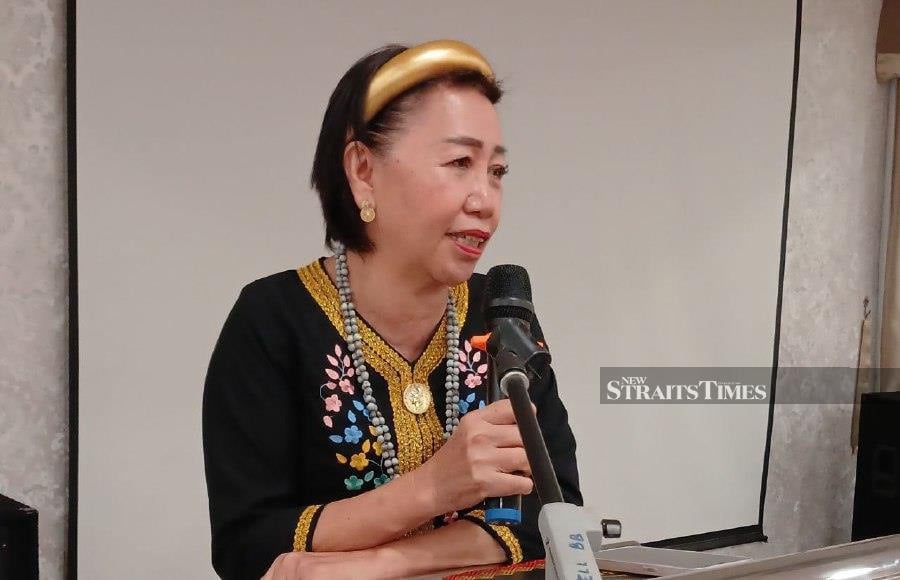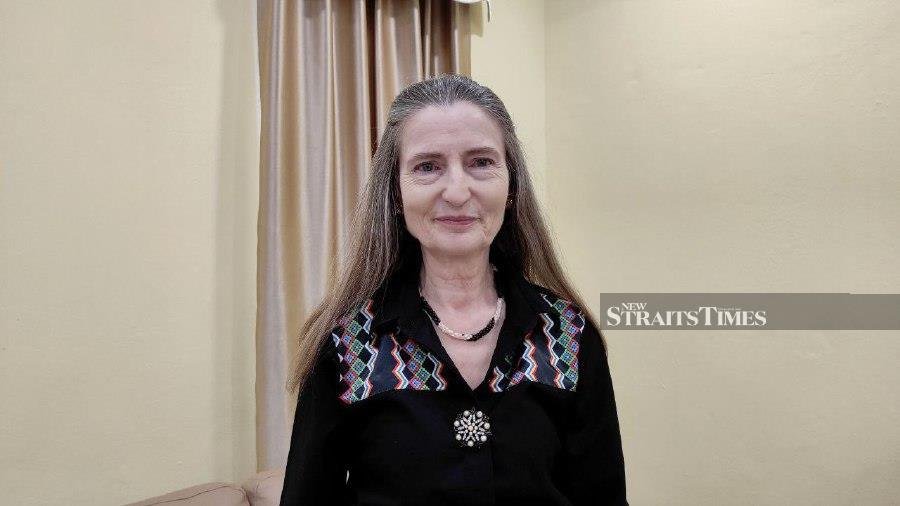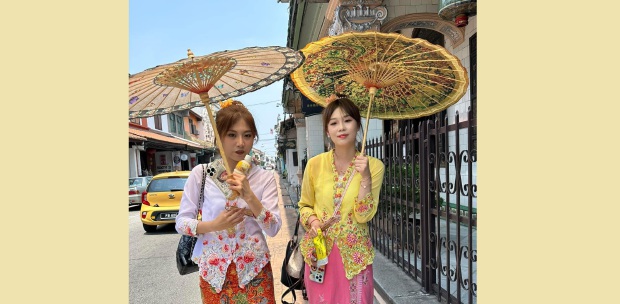KOTA KINABALU: Traditional clothing used to tell the origins and status of over 60 ethnic groups in Sabah.
But there are tell-tale signs of the authenticity under threat because of a lack of preservation and limited understanding of history and evolution.
Kadazandusun Cultural Association (KDCA) Women Council chairperson Joanna Kitingan said people need to understand how traditional clothing began and was accepted as the traditional clothing of an ethnic group.
"If we don't go back to history, some people will think that the 'new' is the original when in fact it is not," Joanna said when met recently in a Traditional Clothing Workshop in conjunction with the Council Women's day celebration in Penampang.
Joanna said the best way to preserve the authenticity would require collective effort from the entire community.

During the workshop, Universiti Malaysia Sabah (UMS) Borneo Institute for Indigenous Studies (BORIIS) Professor Dr. Jacqueline Pugh-Kitingan presented a lecture entitled "Evolution of Traditional Clothing ''.
"In the past, traditional clothes were made from naturally sourced materials such as tree bark, cotton, kapok and pineapple fibre.
"The changes occur through trade, migration, marriage between two different ethnic groups, and interaction among others. But usually, there is a time difference and it is not like those changes happened yesterday.
"For example, there was also fabric, beads coming in from Brunei and local people accepted these as part of their tradition. Slowly there was a change in their clothes and it became their traditional clothing."
Pugh also warned that the extinction of traditional clothing is already happening due to evolution, one of them is the Dusun Tindal costume known as 'Rinagang'.

She said preservation can be done by doing research and documentation for future references.
"At least when the younger people have access to history, they will have the knowledge about their ancestors' traditional clothing.
"We cannot force them to wear the traditional clothing daily but on special occasions maybe they can wear them the right way."
Academy of Arts and Creative Technology Postgraduate Programme Coordinator, UMS, Dr Salbiah Kindoyop also delivered a lecture on "The Criteria and Special Features of Traditional Clothing."
Some 81 cultural enthusiasts participated in the inaugural workshop organised by the KDCA Woman Council to enhance their knowledge on traditional ethnic clothing in Sabah.





